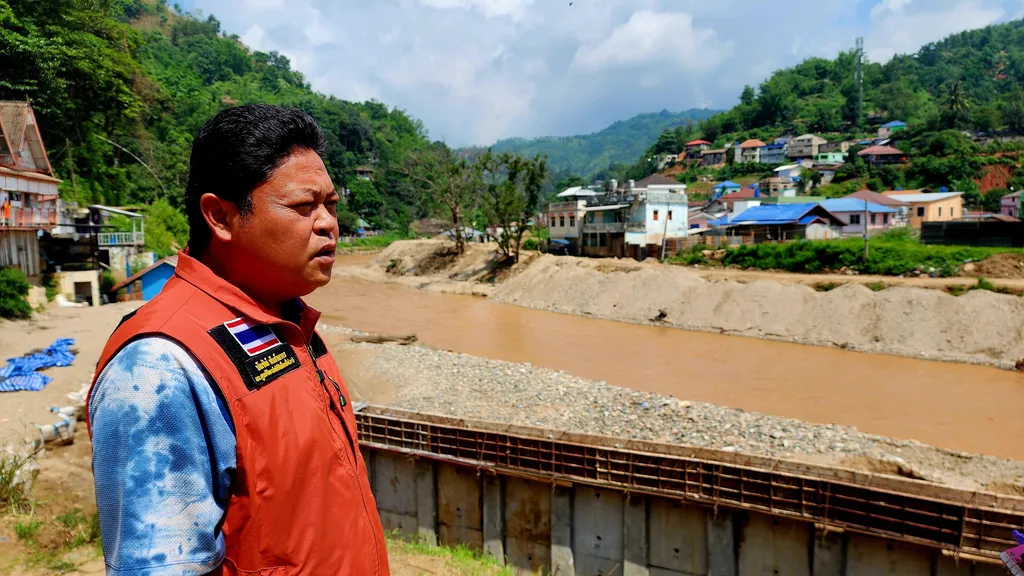In the dense forests of Myanmar’s Shan State, a new wave of extraction is underway, one that is drawing workers like Sian from across the country in search of better opportunities. The allure of rare earth mining, overseen by Chinese companies, is strong in a nation where economic prospects have dwindled since the 2021 military coup. Yet, beneath the surface of this burgeoning industry lies a complex web of environmental, social, and economic implications, particularly for the agriculture sector and investors.
The process of in situ leaching, which involves injecting acidic solutions into mountainsides to extract rare earth metals, is taking a toll on the environment. Poisoned rivers, contaminated soil, and deforestation are becoming increasingly prevalent, according to Jasnea Sarma, an ethnographer and political geographer at the University of Zurich. These environmental impacts are not only devastating for local ecosystems but also pose significant threats to agriculture, a vital sector for Myanmar’s economy and food security.
Contaminated soil and water sources can lead to reduced crop yields and livestock productivity, directly impacting the livelihoods of farming communities. Moreover, deforestation for mining activities and firewood can disrupt local climates, further exacerbating agricultural challenges. The loss of arable land and natural resources could potentially displace farming communities, leading to increased rural-urban migration and further straining Myanmar’s already fragile economy.
For investors, the rare earth mining boom presents a paradox. On one hand, the high demand for these critical minerals, driven by the global transition to renewable energy and advanced technologies, offers lucrative opportunities. On the other hand, the environmental and social risks associated with these operations can lead to reputational damage, legal challenges, and financial losses.
The secretive nature of the industry, with little to no public disclosure of corporate licenses or environmental impact assessments, adds another layer of complexity for investors. The lack of transparency makes it difficult to assess the true risks and sustainability of these mining operations. Furthermore, the political instability and ongoing conflicts in Myanmar add to the investment risks, with the potential for sudden policy changes, resource nationalization, or even expropriation.
The situation is further complicated by the fact that rare earth mining in Myanmar is often intertwined with ethnic armed groups and illicit economies. This association can expose investors to legal and ethical risks, including allegations of financing conflict or human rights abuses. The international community has increasingly scrutinized supply chains for their human rights and environmental impacts, and investors in Myanmar’s rare earth mining sector may face similar scrutiny.
In conclusion, while the rare earth mining boom in Myanmar presents economic opportunities, it also poses significant challenges for the agriculture sector and investors. The environmental and social impacts of these operations can undermine agricultural productivity, displace farming communities, and expose investors to reputational, legal, and financial risks. As the global demand for rare earths continues to grow, it is crucial to balance the economic benefits with the need for sustainable and responsible mining practices that protect the environment, respect human rights, and support the long-term development of Myanmar.

